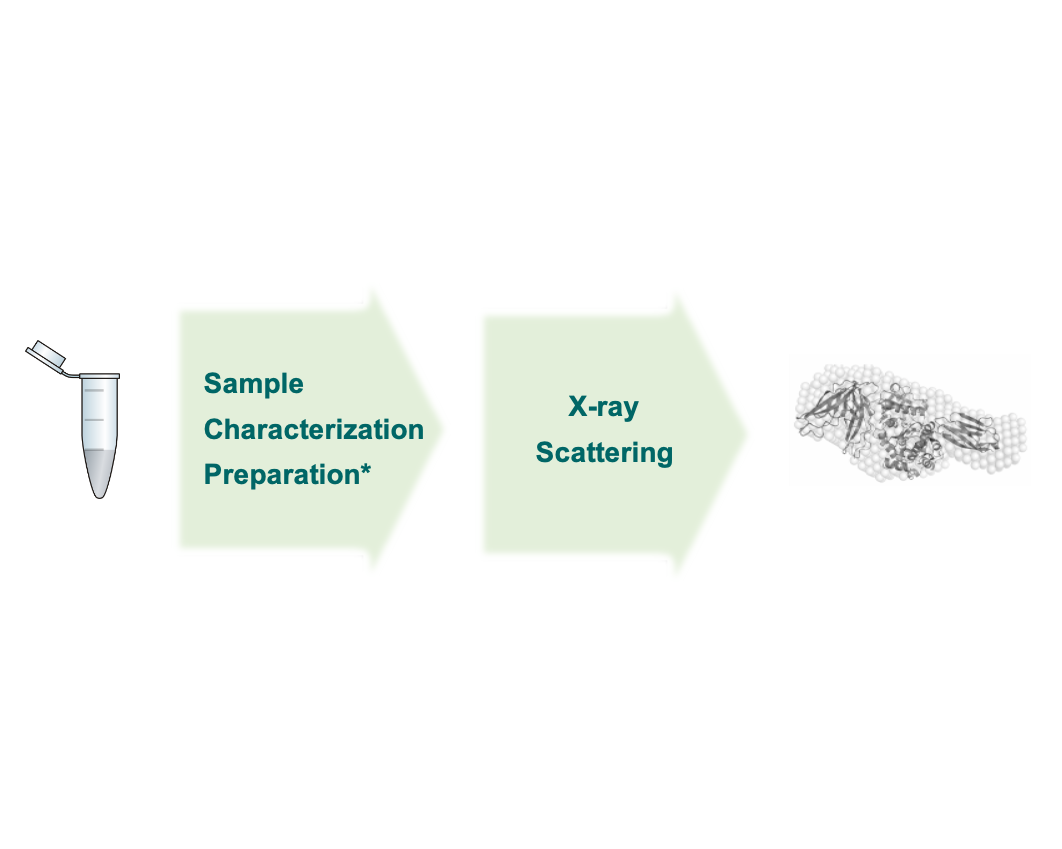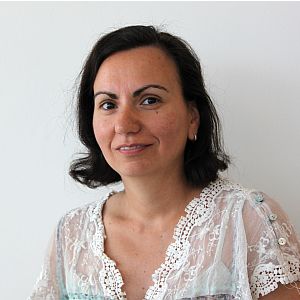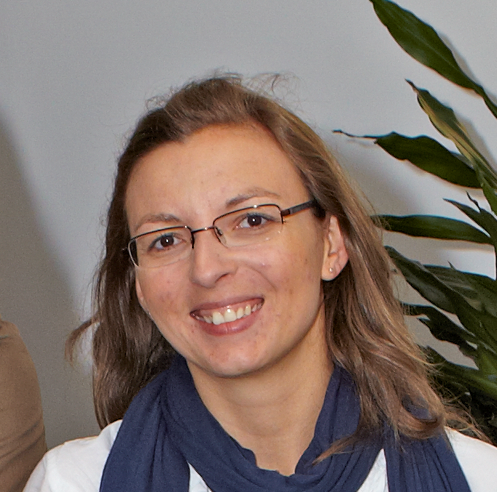The 'From Sample to Bio-SAXS' platform at EMBL Hamburg offers services for sample preparation for SEC-SAXS and/or automated SAXS data collection, real-time determination of physical parameter of molecules in solution and automated pipelines for building low resolution models against SAXS data.
Small-angle X-ray Scattering data collection and processing. P12 is an undulator beamline utilizing the wavelength range between 0.6 and 3 Å. The beamline is optimised for low background data collection from macromolecular solutions and kinetic experiments with high temporal resolution. The endstation is equipped with photon counting Pilatus and Eiger detectors, a robotic sample changer and in-line size-exclusion chromatography (SEC-SAXS) setups. P12 allows for fully automated and remote data acquisition and processing using the Beamline Meta Server software. Mail-in access is encouraged, both for sample changer and SEC-SAXS projects.
Measures the hydrodynamic radius (RH) and size distribution profile of molecules in solution, specifically measures time-dependent fluctuations in the scattering intensity coming from particles undergoing random Brownian motion. Diffusion coefficient and particle size information can be obtained from the analysis of these fluctuations.
Determination of mass and radius of gyration of macromolecules in solution.
SAXS allows one to study the overall (quaternary) structure and structural transitions in a non-restrictive sample environment, directly in solution. The EMBL beamline P12 runs a robotic sample changer for high throughput studies (with a capacity of two 96 well plates). The data is taken, processed and interpreted on-the-fly, and the structural parameters including low resolution shapes are computed by an automated pipeline within a few minutes after the measurement. This mode is especially attractive for novice users without SAXS experience. Another (SEC-SAXS) mode, where an in-line size exclusion chromatography setup is employed together with biophysical methods (e.g. light scattering and refraction) is extremely useful for challenging and notoriously heterogeneous samples. Examples of services offered are: (i) combinatorial high throughput ligands/additives screening; (ii) studies of equilibrium mixtures and membrane proteins with online SEC-SAXS coupled with biophysical analysis, and (iii) time-resolved studies of processes, from sub-ms ((un)folding) to hours (oligomerization, fibrillation).
The SPC facility located next to the MX and SAXS beamlines offers a pipeline ‘from the lab bench to the beam lines', helping you to optimize and prepare samples for structural studies. Our high-throughput crystallisation laboratory offers initial crystallization screens as well as customized screens for optimization of initial hits, both suitable for soluble and membrane proteins. Online observation of the plates is possible via the Crystallisation Information Management System (CRIMS), which makes results available to users in real-time, along with all experimental parameters of the crystallisation condition. Integration of crystallization and synchrotron data collection facilities will be implemented through automated crystal harvesting and processing. We offer the CrystalDirect® technology that is capable of harvesting protein crystals from 96-well CrystalDirect plates by means of laser photoablation. In addition, we offer assistance to perform SAXS batch measurements with near-real time outputs of macromolecular structural parameters and low resolution solution-state structures. The biophysical platform of the SPC includes cutting-edge technologies to measure interactions and to precisely determine the stability, shape and size of different biomolecules and biomolecular assemblies identifying the most suitable biophysical techniques to answer the biological questions the researchers are trying to tackle. We offer services for initial protein quality control in addition to characterisation techniques including calorimetry, mass spectroscopy, circular dichroism, fluorescence, microscale thermophoresis, dynamic/static light scattering, infrared spectroscopy, surface plasmon resonance and biolayer Interferometry.




